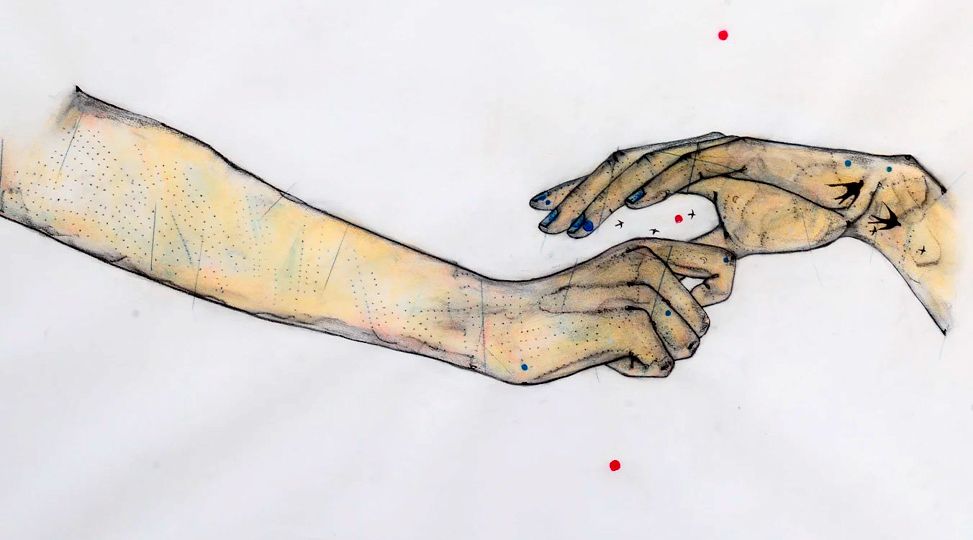Delivering education that gets today’s students ready for the modern world must incorporate flexibility, diversification, and individualization. Students have moved past the structure of traditional classrooms. They have different problems, different gifts, and dramatically different brains. Educators need to refocus their efforts on teaching individuals.
Mark Hunziker
Like the feeling function itself, poetry captures moments, and it is by feeling into these moments that something else opens and experience is transformed into moments of encounter. Often, the word “encounter” implies a “coming against” something, a meeting that holds impact. Thus, the feeling function, by creating an encounter, demands courage.
A separation exists between psychology and typology. Many psychologists and even many Jungians ignore Jung’s major work, Psychological Types, and the concepts underlying it. The field has been left mostly to lay practitioners, who use the MBTI® instrument for training, coaching, and other pragmatic applications. What reasons do you see for the divide?
Jung’s approach is based on pairs of polarities. Getting eight functions with such a ‘binary approach’ requires three levels of dichotomy. Jung clearly explained his split of the rational functions into two opposite functions and the same for the irrational functions; but he never provided a theoretical context for a third “dimension” of psychological type.
“Everything has a purpose, clocks tell you the time, trains take you to places. Machines never come with any extra parts, you know. They always come with the exact amount they need. So I figured if the entire world was one big machine, I couldn’t be an extra part. I had to be here for some reason. And that means you have to be here for some reason, too. ”
In the type table in the accompanying article on the type-diverse classroom, almost 60% of the ‘at risk’ and drop-out students are reported to have dominant extraverted perception, while almost half of the teachers are dominant introverted perceivers. Is extraverted perception misdiagnosed as a learning disability? Or, is that preference actually problematic …
These at-risk students taught us how to teach everyone. I have described my classroom set-up as an integral part of the instruction. … Intuitively, before knowing about type, I had set up my classroom to accommodate multiple learning styles. Even the ISTJ students, who tend to like the traditional classroom set-up, performed better in my classroom.
To the degree that the type community has engendered awareness of alternative ways of encountering the world, one another, and oneself, it is engaged in a critically important service. Lest we forget, however, that the process of growth is often perilous, it is occasionally useful to remind ourselves of these perils.
Since Sensing and Feeling are not typologically opposed preferences, this may suggest that, contrary to what conventional wisdom might dictate, political liberalism and conservativism may not be logical opposites either. This may suggest a means by which the perspectives of the two political orientations can be bridged.
Our often-used shorthand illustration with a line drawn between the four allegedly conscious function-attitudes and the four “unconscious” ones is misleading because consciousness is not a sufficiently reliable characteristic for distinguishing these two sides of the psyche’s typology. It’s related to what distinguishes them, but only as a secondary and fairly unpredictable characteristic.











